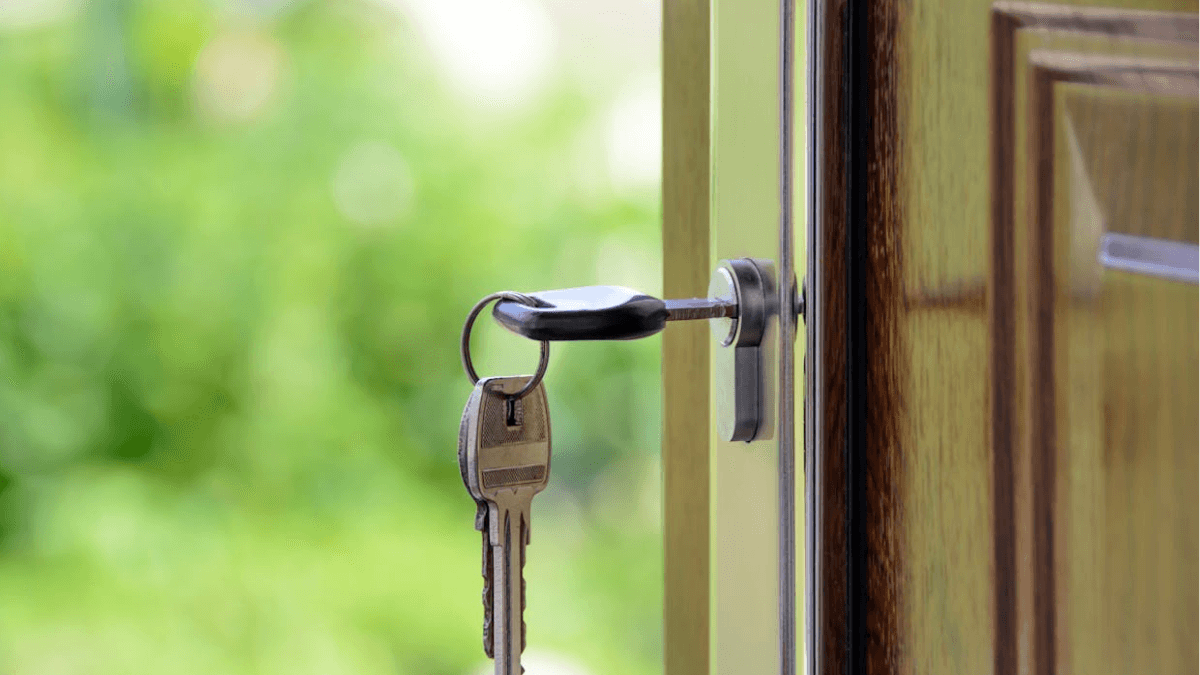Step-by-Step Guide to Registering for Social Housing

Many people and families all throughout the UK are increasingly worried about locating reasonably priced, safe accommodation.
Social housing provides a necessary lifeline for people in need as the private renting market gets more under strain.
However, the process of registering for social housing can seem daunting especially if you’re unfamiliar with how the system works. By carefully and comprehensively bringing you through each step, this book seeks to streamline that process.
Whether your home is unstable, you are planning ahead, or you are helping someone else, knowing how to register for social housing could make all the difference.
What Is Social Housing?
Social housing is homes run and owned by local authorities or housing societies. Designed mostly for persons in need of fairly priced, safe accommodation these amenities are rented below market rates.
Tenant might be low-income earners, elderly folks, disabled persons or homeless individuals.
Key Characteristics of Social Housing:
- Affordable rents: Usually around 50–60% of market rates.
- Longer tenancy agreements: Offering more stability than private rentals.
- Support services: May include help with budgeting, employment, or health needs.
Also Read: Top 5 Government Schemes Every UK Homebuyer Should Know About
Who Is Eligible?
There are a number of factors that affect who can get social housing, and these factors vary from one local council to the next. However, common criteria include:
- Residency status: You must legally reside in the UK.
- Local connection: Many councils give priority to those who live or work in the area.
- Housing need: Based on factors such as overcrowding, medical conditions, or homelessness.
- Income and savings: Some councils assess your financial situation to determine eligibility.
Note: Even if you meet all criteria, social housing is in high demand, so being eligible does not guarantee a home immediately.
Documents You’ll Need
Having the right documents ready can help speed up your application process. Commonly requested documents include:
- Proof of identity (passport, driving licence)
- Proof of income (payslips, benefit statements)
- Bank statements (usually last 3–6 months)
- Evidence of current housing situation (tenancy agreement, eviction notice)
- Medical records (if you are applying on health grounds)
It’s advisable to check with your local council for a complete list, as requirements may vary.
Step-by-Step Process to Registering for Social Housing
1. Find Your Local Council
The first step is to locate your local authority, as applications must be submitted to the council where you live or have a strong connection.
You can use the GOV.UK website to find this information quickly.
2. Complete the Housing Application Form
Most councils include a web portal where one may complete a housing application form. Should internet access prove challenging, you can ask for a physical copy.
As you fill out the form, be as exact and thorough as you can.
Tip: Always disclose any change in circumstances, such as loss of income or changes in family size, as these can affect your housing priority.
3. Submit Supporting Documents
You will be requested to send the required documentation after turning in your form. Send these right away—by mail, online, or in person—whatever your preferred method.
4. Wait for Assessment and Banding
Once your application is reviewed, your housing need will be assessed and assigned a priority ‘band’ (usually Band A–D):
- Band A: Urgent need (e.g., severe medical issues or homelessness)
- Band B: High need
- Band C: Medium need
- Band D: Low or no housing need
This banding affects how soon you may be offered a property.
5. Join the Housing Register
Should your application be approved you will be registered on the housing registry and eligible to start bidding on accessible homes.
Often referred to as “choice-based letting” this procedure involves looking at postings and also indicating interest in houses that fit your criteria.
Understanding the Bidding Process
Social housing does not come allotted automatically. Rather, qualified candidates can “bid” on homes via the council’s Housing Portal.
Bidding Tips:
- Actively monitor listings: Properties are usually listed weekly.
- Understand restrictions: Some homes are limited to specific groups (e.g., over 55s).
- Check closing times: Missing a bidding deadline could set you back.
Your bid ranking depends on your band, how long you’ve been on the register, and whether the property suits your needs.
What Happens After You Bid?
If your bid is successful, you may be invited to view the property. At this stage, you must:
- Confirm you’re still interested
- Attend a viewing or virtual tour
- Complete any final paperwork
If everything goes well, you’ll be offered a tenancy agreement. If you decline the offer without good reason, your position on the register might be affected.
Also Read: Success Stories- How People Benefited from Social Housing
Additional Housing Options to Consider
Social housing isn’t the only route to affordable accommodation. Here are a few alternatives to explore:
1. Intermediate Rent Schemes
Rented at below-market prices but not as low as conventional social housing these are homes available through housing associations.
2. Shared Ownership
Allows you to buy a share of a home and pay rent on the remainder. It’s ideal for those who can’t afford to buy outright.
3. Private Renting with Housing Benefit
You may qualify for Universal Credit or Housing Benefit to help cover rent in private housing.
Tips for Strengthening Your Application
- Get a supporting letter from a GP, social worker, or landlord explaining your housing need.
- Join housing advice groups to get the latest information and resources.
- Keep records of all communication with the council.
Conclusion
Although registering for social housing in the UK can be a difficult procedure, knowing each stage helps one to manage it.
Right from checking eligibility and preparing documents to bidding on properties and accepting an offer, this guide provides a structured approach to help you navigate the system.
With patience, accuracy, and proactive planning, you can improve your chances of securing a safe and affordable place to live.
If you’re struggling to find stable accommodation, taking the first step by registering for social housing might be the solution you need to regain control over your living situation.







